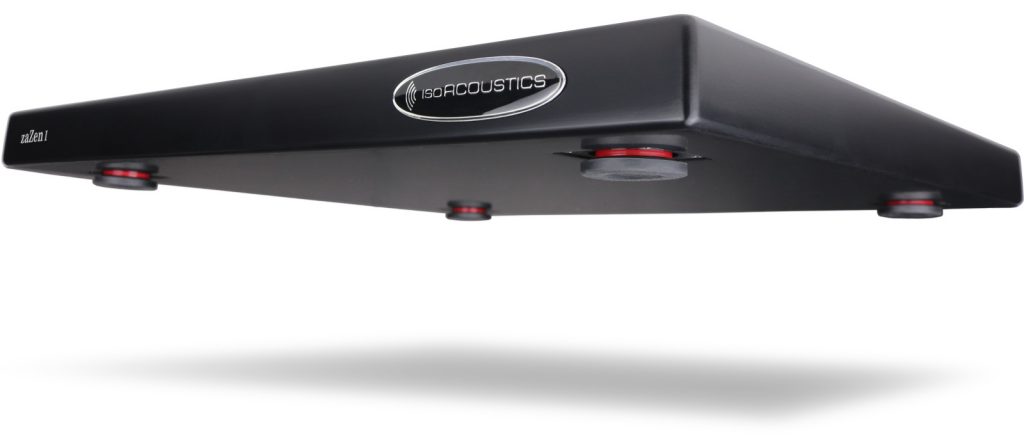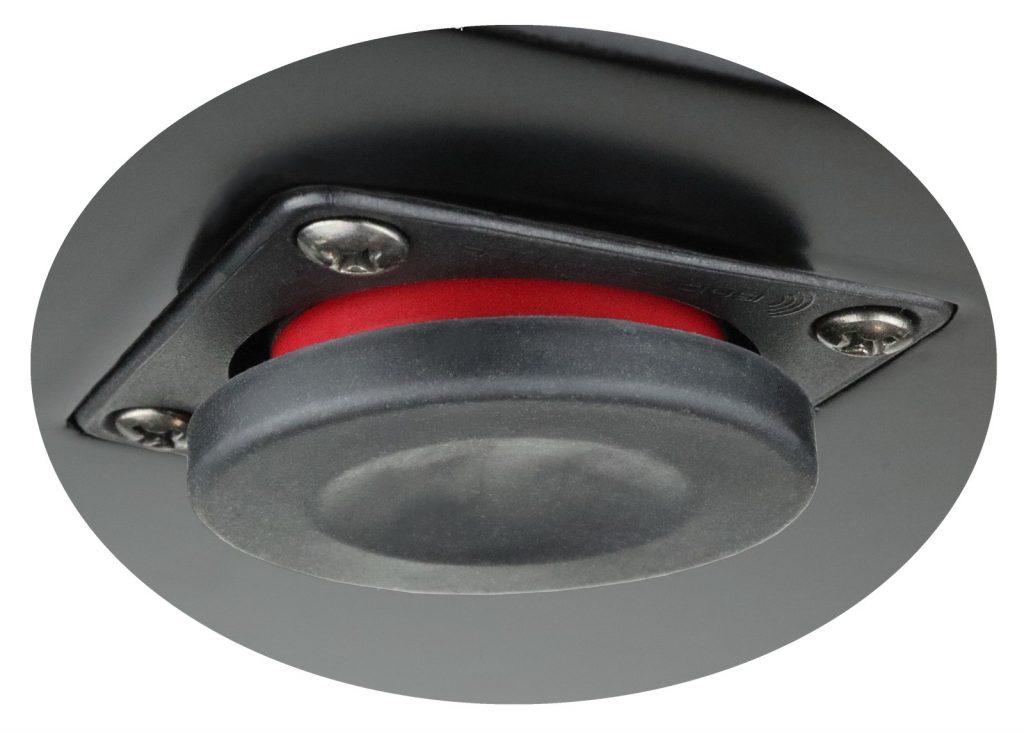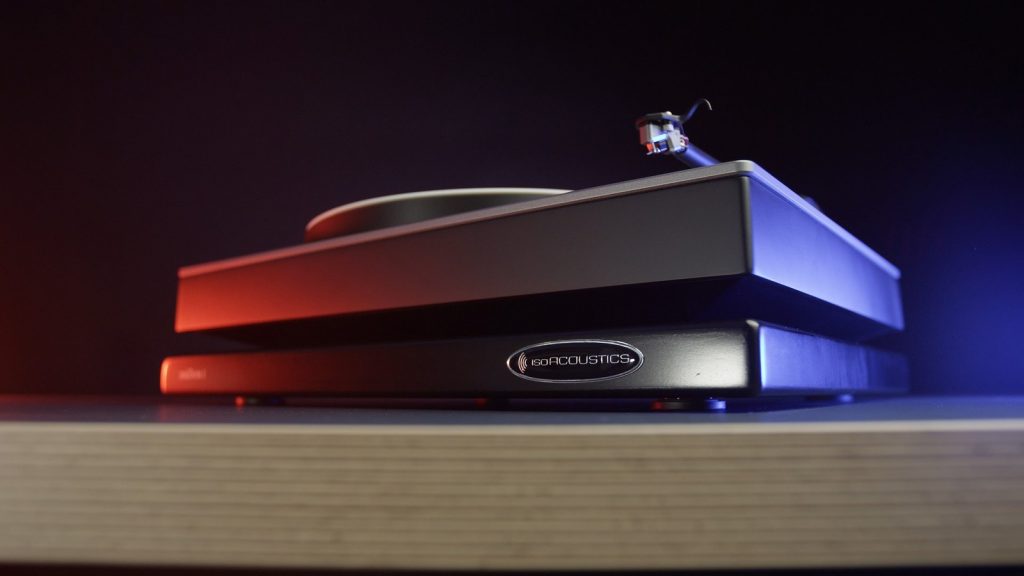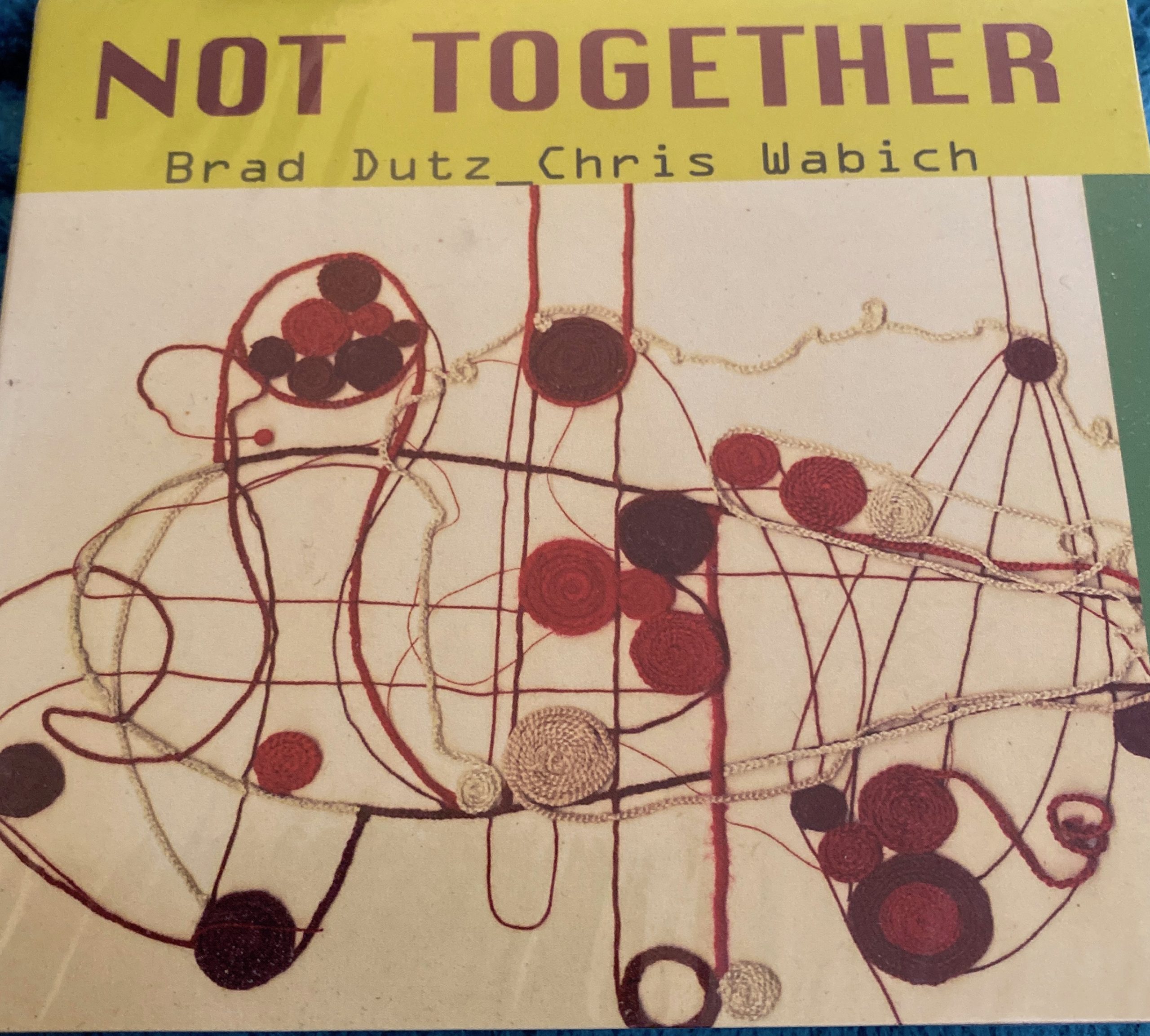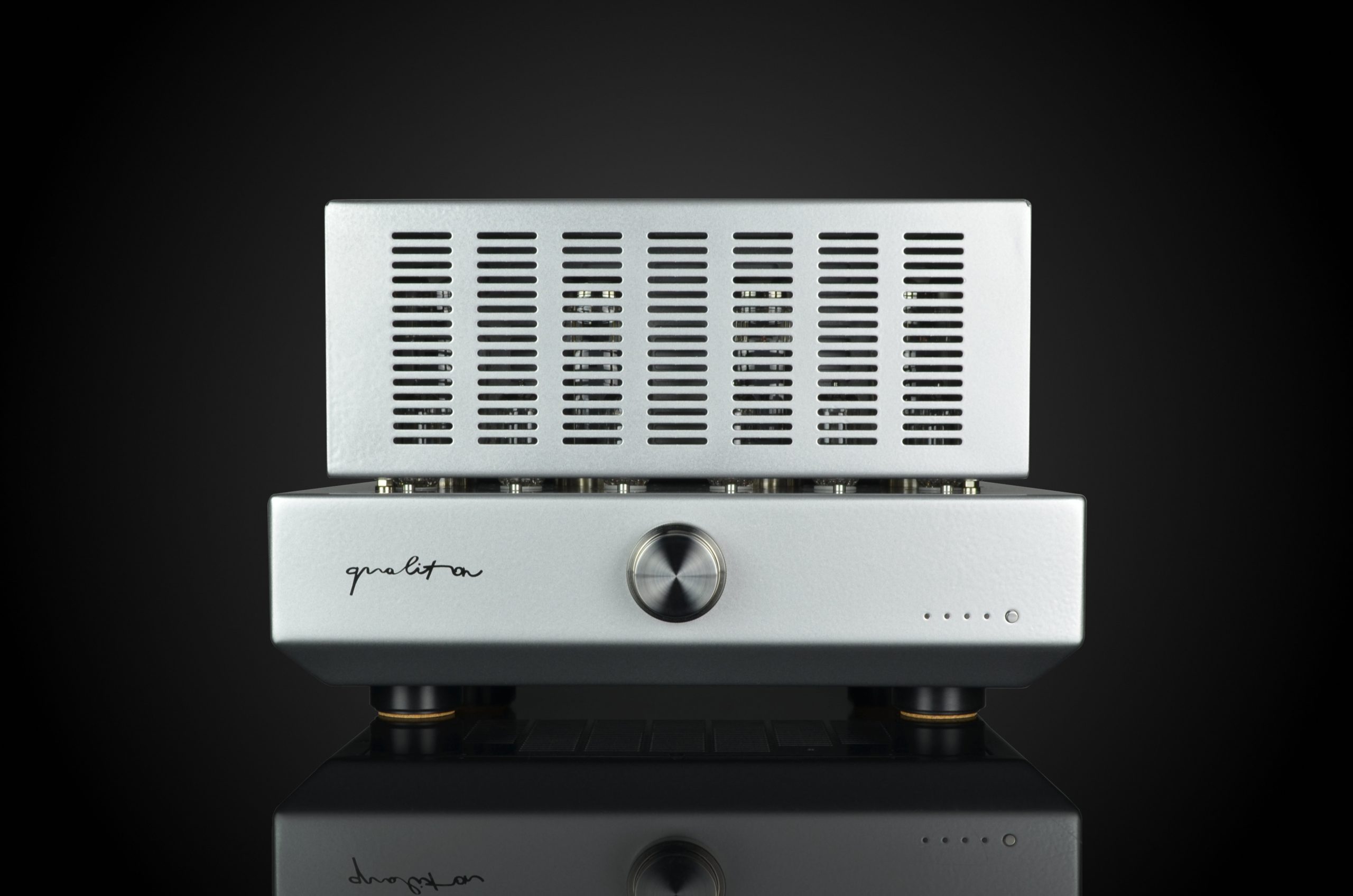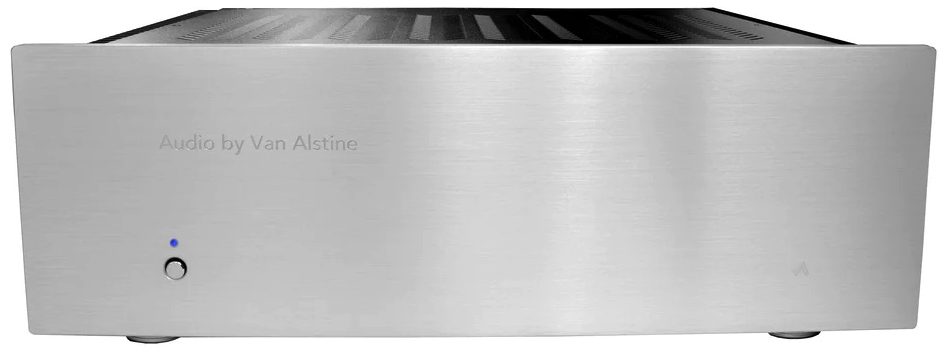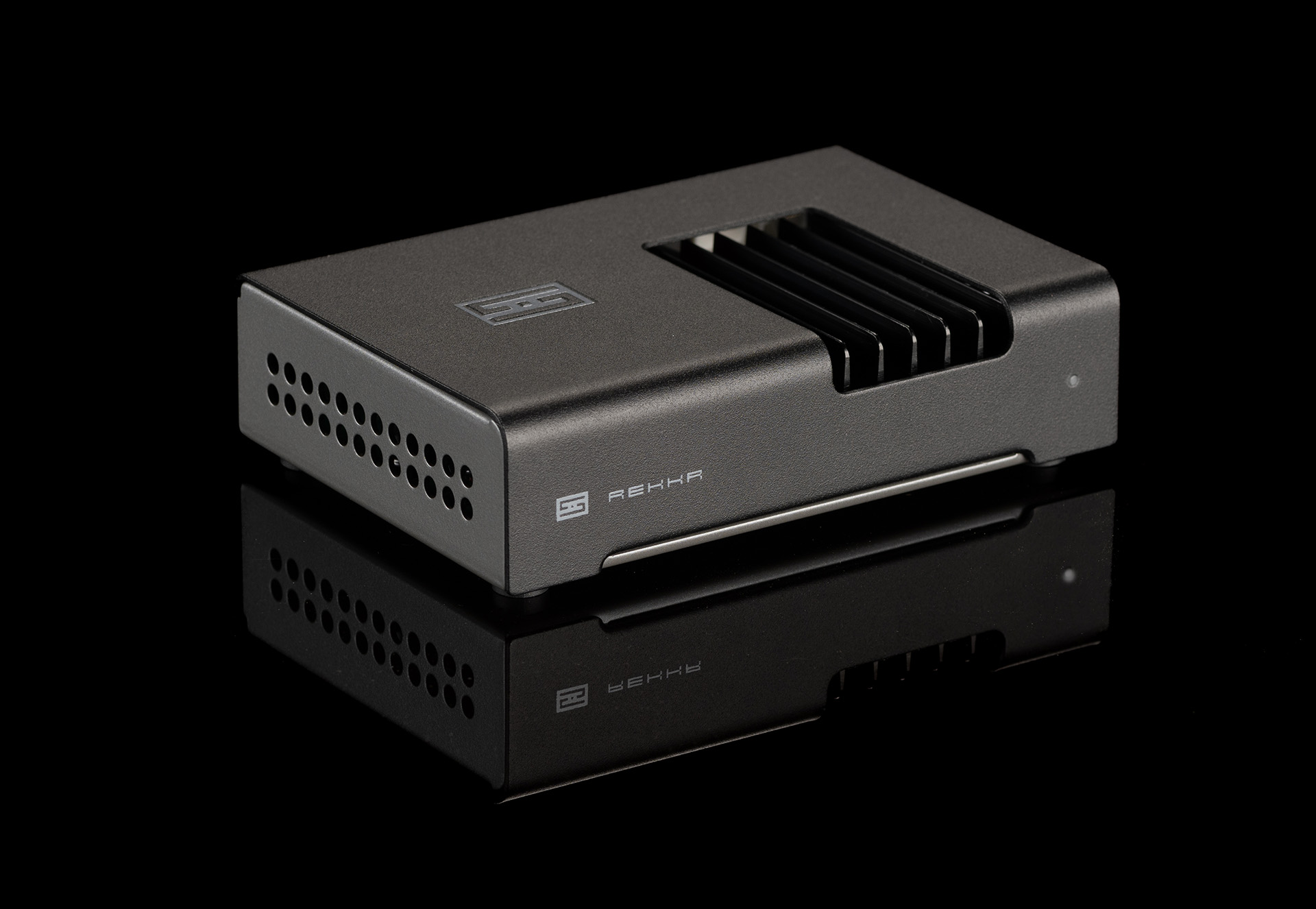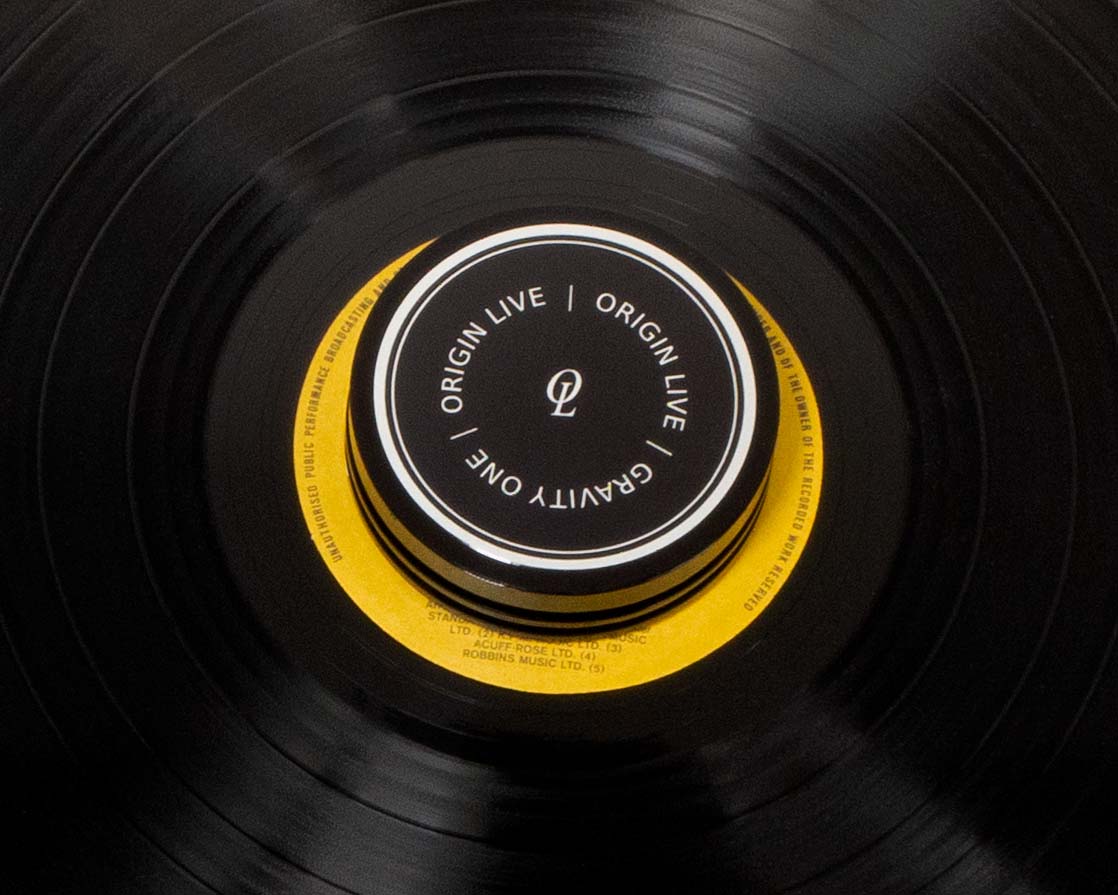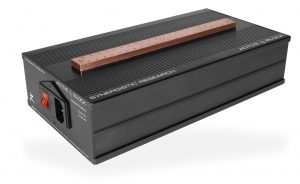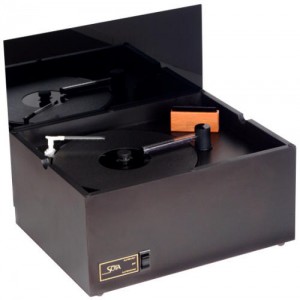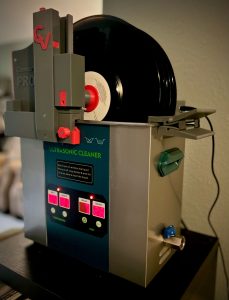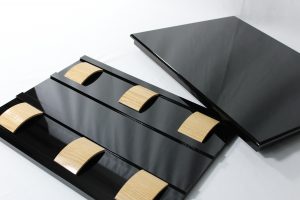ZaZen is a Zen Buddhist practice for individuals to achieve some peace, however temporary. I am familiar enough with Zen practices to know that I have little to say that is true of it, but allow me to say that the peace does not come easily, and certainly not automatically. One of the results practitioners can obtain is to quiet the noise, within and without us, that is part and parcel of every live human being. Isoacoustic's offers to audiophiles the zaZen 1 (US$199.99) and II (US$229.99) platforms to quiet the noise and vibrations that permeate our audio systems, also within and without.
I first became aware of Isoacoustics through articles written about their Aperta speaker stands, through a friend's hearty and unsolicited endorsement of the Gaia speaker footers and most recently through a Stereophile article.
Isoacoustics offers a range of solutions at a rather broad range of prices and weights. All Isoacoustics products are pitched to the particular weight and perhaps function of the device being supported. Their Orea products are individual footers designed to be placed under individual components, with the particular Orea chosen based on the weight of the component being supported. Ideally, the supports are deployed below approximately eighty percent of their maximum rated application. Use four lighter rated Oreas where three aren't within the optimal weight range. While Isoacoustics indicates Oreas can be used for turntables, they offer the zaZen for turntables, too.
My Amazon Model 2 turntable weighs about thirty-five pounds, so I tried the zaZen II, which is specified for weights up to forty pounds. So, I was slightly out their optimal suggested weight range. It arrived well packed. The finish, somewhere between a matte and semi-gloss, was elegant. Isoacoustics says it's voidless and "very dense." Voids are usually associated with plywood, but there was no outward indication that the zaZen was made of such material, nor was it as heavy as I would have expected if it were made just of plywood.
On the bottom of the platform are four feet, which I believe provide the bulk of the vibration damping. In a video provided with the zaZen "Hi-Fioligist" Simon Lucas describes the footers as consisting of three vibration damping parts "a bottom piece, a top piece and a connector in between." Hmm, Simon serves the world of simplicity if shortchanging the world of information.
I've tried and touted footers for audio gear for over thirty years. Other footers claim they damp vibrations, but in my experience, often they shift the frequency of the vibration, if they also reduce it. Metal dampers tend to shift the sound of vibration in to the upper midrange, leading listeners to hear clearer vocals and more detail, when it might just be that a particular frequency is enjoyably accentuated and thus "clearer" leading to "hearing the song for the first time..." Sorbothane tends to deaden the sound, leading to an impression of quiet, while also truncating decay and higher frequencies. Oh, but to find a Goldilocks solution.
I have tried and enjoyed DH Cones, Black Diamond Racing Cones, VibraPods, Final Labs Daruma ball bearing "insulators," and more that I can't remember. They all did something, and in some contexts were useful. I've also used Max Townshend's seismic sinks, Herbie's Big Fat Dots, as well as some material from FMT Acoustics in Sweden—their Trisolator. These last three are among the best, but each has a benefit and a slight negative. I think they're all on the edge of over damping, though it's slight enough that I think the quality of the recording will determine whether I think the damping is excessive or not. All of these devices will work very well in some system, on at least some recordings though better in some than others.
The zaZen II doesn't visually reveal its technology, as the Hi-Fiologist didn't, but it's well finished, proved robust for its intended use, and looks good on a rack. For starters, I tested out the damping qualities of the zaZen by tapping on the shelf my turntable sits on with and without the zaZen, by tapping the shelf, the zaZen and then the turntable itself. All of these test iterations were with music playing. With no zaZen on the shelf, the sound of tapping on my rack was rather loud. Tapping the turntable, as I'd expected yielded a yet louder sound. Tapping on the shelf with the zaZen in place yielded essentially no noise. Tapping on the zaZen, was even quieter, and then tapping on the turntable plinth yielded a substantially quieter response through my speakers than when my table was directly on top of its shelf. Count me impressed.
In my system, the zaZen II made a noticeable difference, though not a jarring change. Numerous times over the course of two months I inserted and removed the zaZen II underneath my turntable. Changes were most evident at the instant it was swapped in or out. Once in place, aside from an experience of a greater quiet and composure, there were no obvious frequencies calling out for my attention. My initial impression was not a tonal shift nor a deepening of bass, extension of the treble range, or amplification of a particular register. It was of more signal less noise.
Although I worked through lots of LPs, a few of which are listed at the end here, listening to Ry Cooder's "Bourgeoisie Blues" from Chicken Skin Music was illuminating for me, and hopefully for you. I am not, have not been, nor imagine myself to be one concerned with imaging—it's an interesting phenomenon, but is not an important part of enjoying music for me. The battle to get tone and timbre right is difficult enough that worrying about imaging or soundstaging is foolish. To me, those concerns are akin to worrying about doilies at a picnic during a thunderstorm. With that as a backdrop, imaging specificity seemed to noticeably improve with instruments less connected to the speakers. More palpable? Maybe.
Music seemed less tied to the speakers and freer between them; more illusion less recreation. Cooder's guitar's location was more clearly delineated. The sustained tone of his guitar strings evidenced nylon strings with a certain richness that spoke "guitar playing here." Additionally, the sound of the strings vibrated with greater clarity. The ringing of strings after being strummed lasted longer with their decay a more artful and visual "circling" of the resonance left behind.
The splash of cymbals were very good, seeming to be more like a waterfall of sound. Room ambience of the recording studio was not evident on this recording. Often, it seems, ambience is related to accentuated higher frequency detail. I enjoy the timbre of Cooder's voice even if it isn't "pretty" or as warm as Sinatra's. It's a voice that's a pleasure to me to hear and was a delight while playing on top of the zaZen.
I've been digging into my classical collection lately, more for late night listening. Sir Adrian Boult's recording of Elgar's "Sanguine Fan" (EMI, remastered by MFSL 2-501) is an excellent recording in part because the performance goes from simple, small and delicate sounds, to loud and bombastic in just moments. In addition to the fine or minute details I've tried to describe with "Bourgeoisie Blues," this track swells and dissipates emotions like riding on a magic carpet.
To attempt to communicate what I heard, this is the best, simplest encapsulation I can think of. Tone (warm, bassy, tinkly) and timbre (sound of a specific instrument) were clearer in register. Perhaps you could say tone and timbre became inkier, or more like an oil painting than a water color, but it wasn't that obvious. Attack and decay became a bit more specific, with their "lifespan" being fully developed with good specificity as to their termination, without obvious or evident truncation, but again it was not highlighted or projected so obviously.
Tapping into the specific details of how recordings were presented is a hallmark of audiophile review. But it's not the point of a listening experience to me. Ideas or thoughts like Cooder's vocals sounding authentic or noticing the sonic as well as emotional swell of "Sanguine Fan" are a part of the audiophile experience that matters to me. I listen for enjoyment, not to catalog "new sounds," like deeper bass or finer reproduction of the treble range. I value the human communication. The words (sounds) are less important than reaching a(n) imagined or conjured destination. I had trouble focusing on or discerning the precise impact of the zaZen II, and probably did a rotten job communicating it because I think it did its job rather invisibly.
Isoacoustics' zaZen's charms were obvious if how they manifested was less obvious. What emerged over time is that there was an increase in the density of tone, a fuller, more specific timbre to instruments. I might say that from time to time I thought my system was ever so slightly over-damped, or was that the recording? I also think that the resolution of the tone and timbre of instruments were as realistic as with any other iteration of damping devices. For those in pursuit of accentuated attack and protracted decay of instruments, maybe you'll be better served by a metal damping device. But, for those seeking the sustain of an acoustic instrument or voice I highly recommend the zaZen platforms.
Music referred to:
- Sonny Terry & Brownie McGhee Sonny & Brownie (MFSL 200Gm)
- Elton John Madman Across the Water (DCC 180Gm)
- Peggy Lee Black Coffee with Peggy Lee (mono)
- Aerosmith Toys in the Attic
- Ella Fitzgerald Fine and Mellow
zaZen II Isolation Platform
Retail: $229.99
IsoAcoustics Inc.
39 Main street North, Unit 5
Markham, ON, Canada L3P 1X3
905.294.4672




